5 Asian Seasoning Secrets That’ll Turn Your Kitchen Into a Flavor Paradise
Why Are Asian Seasonings So Special?
If you’ve ever wondered why street food from Bangkok tastes like fireworks exploded in your mouth, or why a simple bowl of ramen from Tokyo feels like culinary therapy, the answer lies in the seasoning. Asian cuisines have perfected the art of flavor layering over centuries — and today, we’re unlocking those secrets for your home kitchen.
What Exactly Counts as Asian Seasoning?
Before we dive into the juicy stuff, let’s break it down. Asian seasonings include everything from pastes (like miso), fermented wonders (like fish sauce), spice blends (like garam masala), and umami bombs (like MSG). Each plays a specific role in enhancing taste, aroma, and texture. Think of them as your pantry superheroes — each with unique powers!
The 5 Game-Changing Asian Seasoning Hacks You Need Now
1. Toast It Before You Use It
- Ever tasted toasted cumin vs. raw cumin? Big difference.
- Dry-toasting spices like star anise, Szechuan pepper, or coriander seeds unlocks deeper flavors.
- Pro tip: Toast in a dry skillet over medium heat for 1–2 minutes. Don’t walk away — they burn fast!
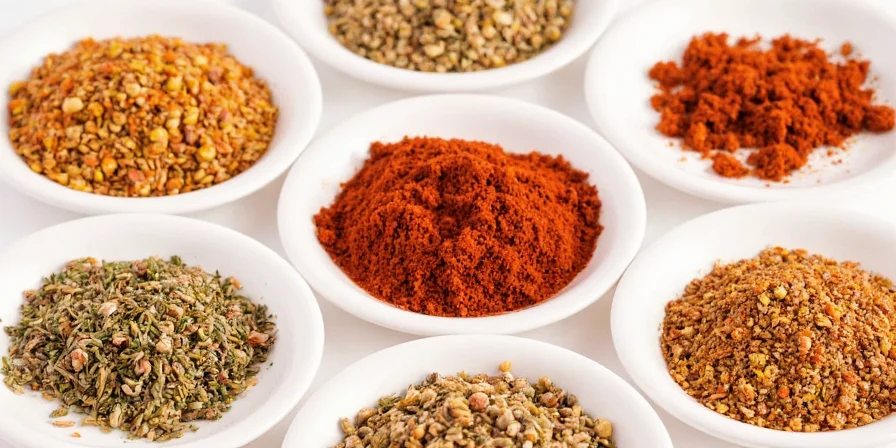
2. Blend It With Oil First
Want your curry paste to sing? Start by mixing it with oil before adding liquid. This step blooms the flavors, making them more aromatic and potent.
- Mix curry paste with oil
- Cook for 1 minute
- Add liquids afterward
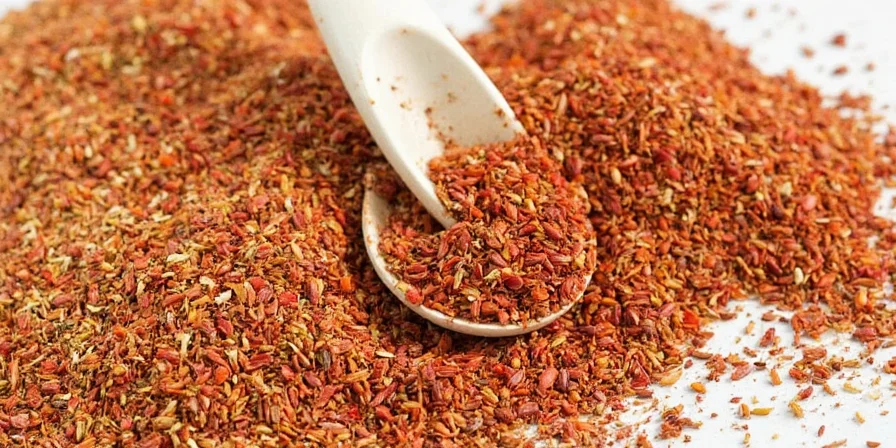
3. Balance Sweet, Salty, Sour, and Umami
In Asian cooking, balance is king. If your stir-fry tastes flat, try this formula:
| Taste Profile | Ingredient Examples |
|---|---|
| Sweet | Brown sugar, honey, palm sugar |
| Salty | Soy sauce, salt, fish sauce |
| Sour | Lime juice, rice vinegar, tamarind |
| Umami | Miso, oyster sauce, mushrooms |

4. Let Fermented Ingredients Shine
Fermentation isn’t just a trend — it’s a tradition! Fish sauce, gochujang, shrimp paste, and even black bean sauce add depth that no powder can fake.
- Use sparingly at first — they’re strong!
- Add early in cooking to build flavor layers
- Try: Mixing gochujang with mayo for a killer burger spread
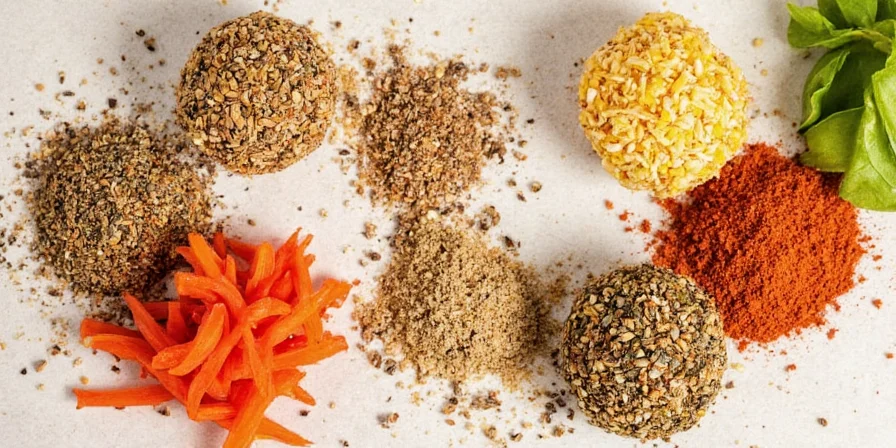
5. Finish with a Sprinkle of Magic Dust
You don’t always need to cook with spices — sometimes just a sprinkle on top does wonders.
- Chili crisp on noodles
- Toasted sesame seeds on soups
- Shichimi togarashi on grilled meats
These finishing touches wake up the dish without overpowering it.
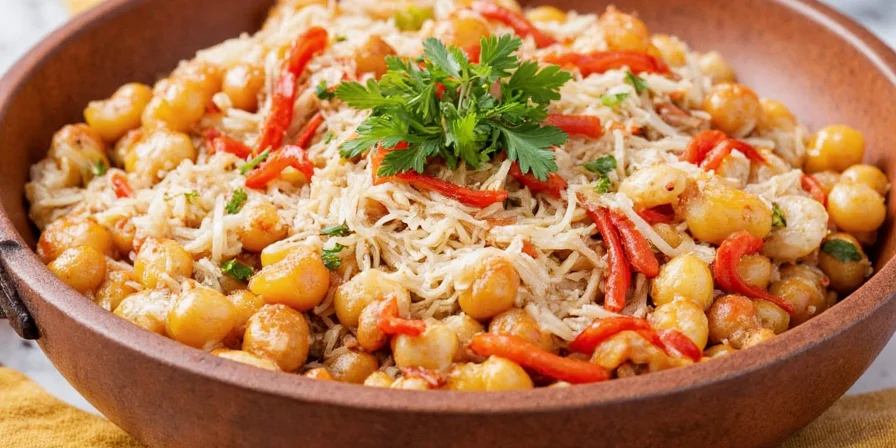
Global Spice Traditions Meet Modern Kitchens
From the bustling markets of Marrakech to the quiet temples of Kyoto, spice has always been a language understood across borders. Asian seasonings aren’t just ingredients — they’re cultural fingerprints passed down through generations.
Embracing these seasonings doesn’t mean you have to ditch your usual staples. In fact, blending them with Western techniques can lead to some seriously creative fusion dishes.
- Try making miso butter steak
- Add fish sauce to tomato pasta sauce
- Make Korean BBQ tacos
Spice Storage & Shelf Life Tips
Let’s face it — some spices sit in our cabinets for years. Here's how to keep them fresh:
| Type of Seasoning | Storage Tip | Shelf Life |
|---|---|---|
| Dried Spices (cumin, chili flakes) | Keep in airtight containers, away from light | 2–3 years |
| Wet Pastes (miso, curry paste) | Refrigerate after opening | 6–12 months |
| Fermented Sauces (fish sauce, soy sauce) | Sealed: pantry; Opened: fridge | 1–2 years |
FAQ: Spice It Up Like a Pro
Can I substitute one Asian seasoning for another?
Sure! Just match the flavor profile. For example, if a recipe calls for miso and you don’t have any, try mixing soy sauce with a bit of sugar or broth.
Is all Asian seasoning spicy?
Nope! While chili peppers are common, many Asian seasonings focus on umami, sweetness, or salinity. Garam masala, for instance, is more aromatic than hot.
Are there any healthy benefits?
Absolutely. Fermented seasonings like kimchi paste or miso can support gut health. Turmeric and ginger are anti-inflammatory powerhouses. Just be mindful of sodium content in sauces like soy and fish sauce.
Conclusion
Mastering Asian seasonings is less about memorizing rules and more about playing with flavor. Whether you're roasting star anise, drizzling chili crisp, or balancing five tastes in one bite, every tweak brings you closer to that elusive “restaurant quality” feel — minus the takeout guilt.
So next time you reach for the salt shaker, ask yourself: What would gochujang do?
Now go forth, experiment boldly, and make your kitchen smell like a spice market in Mumbai at sunrise. 🌶️✨

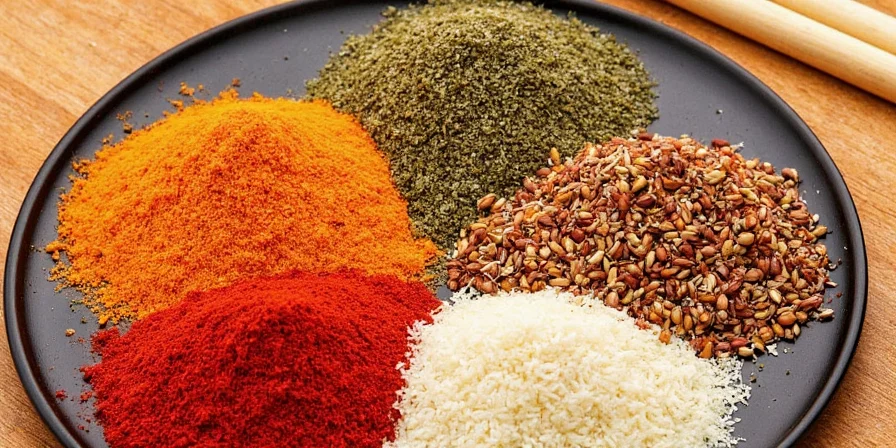









 浙公网安备
33010002000092号
浙公网安备
33010002000092号 浙B2-20120091-4
浙B2-20120091-4